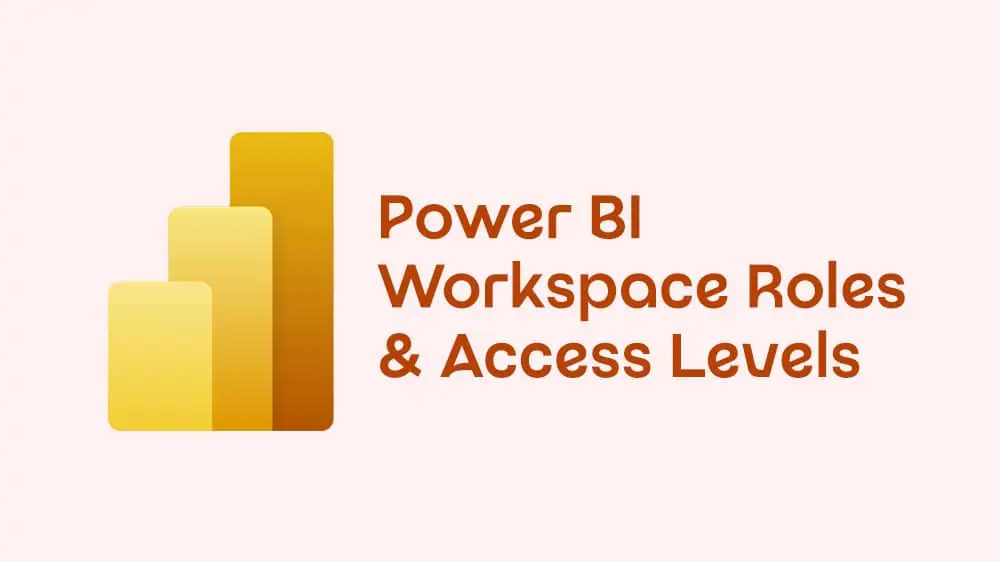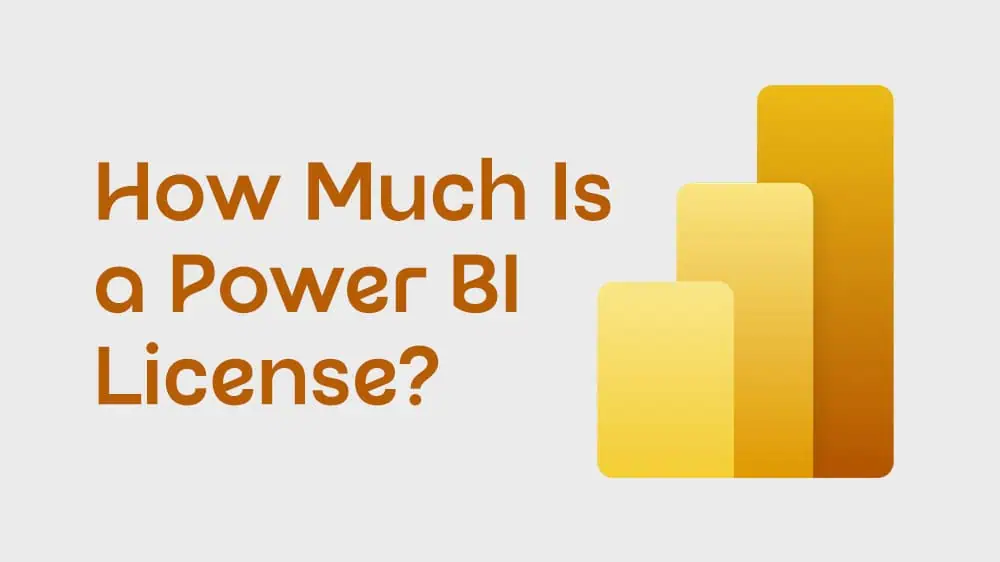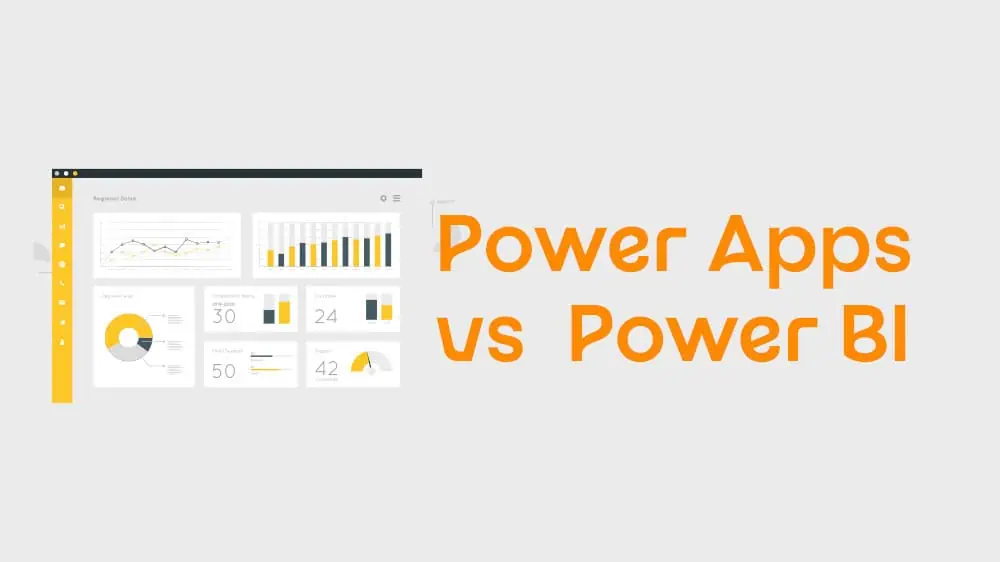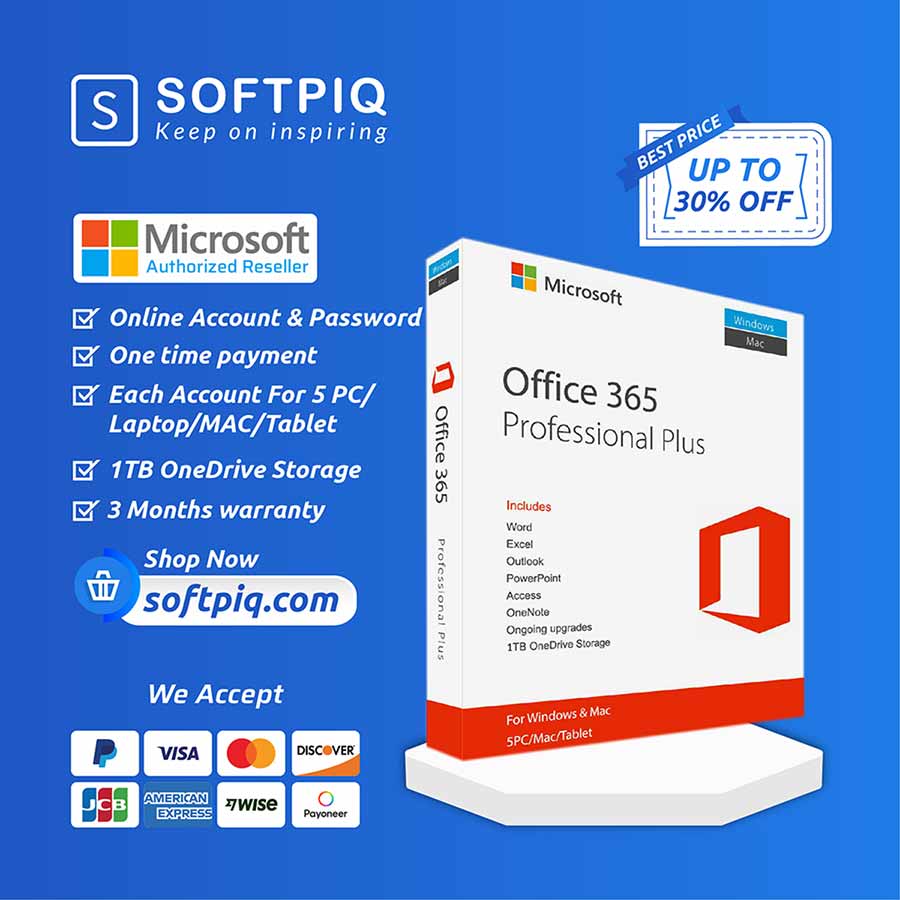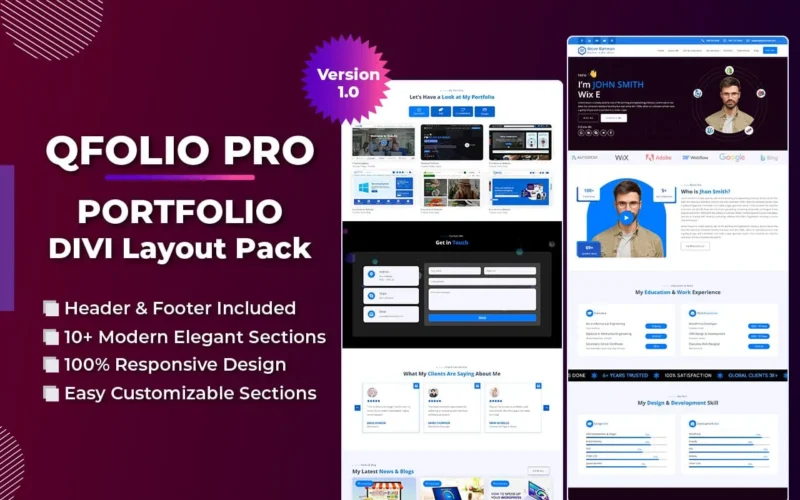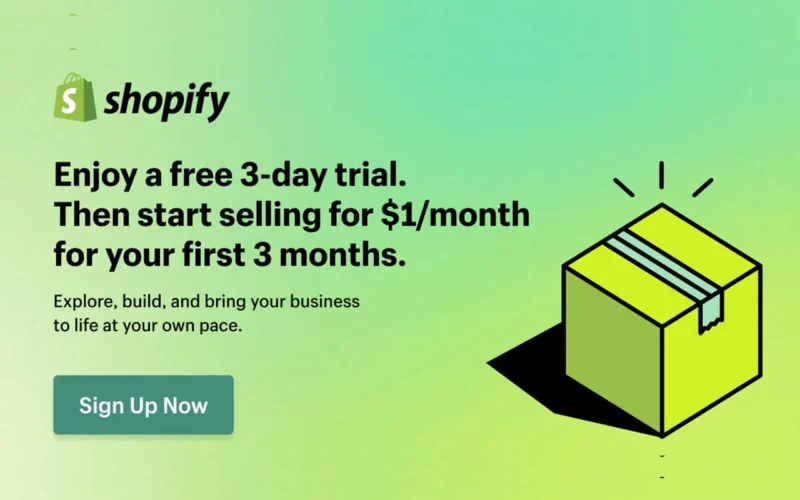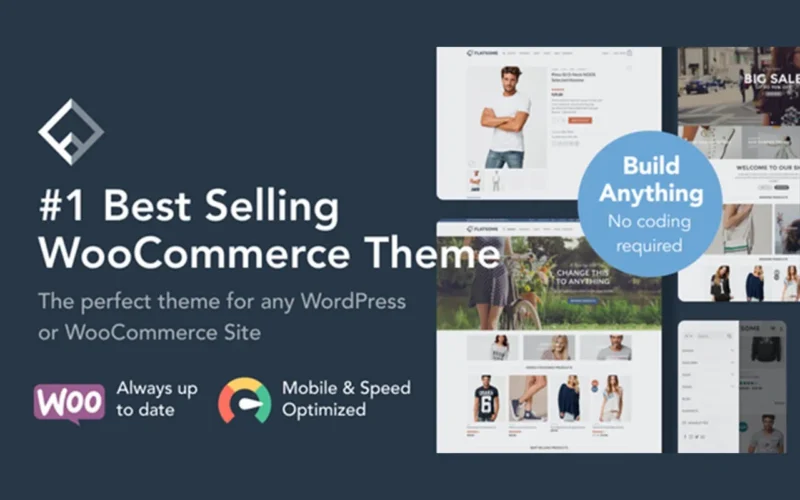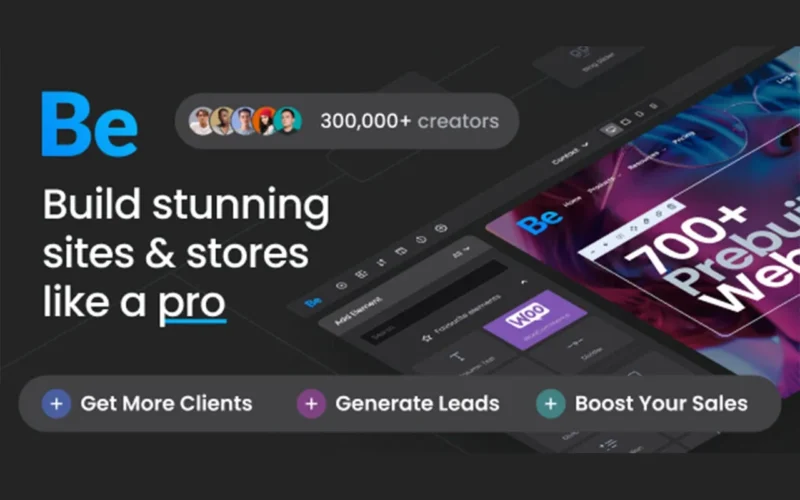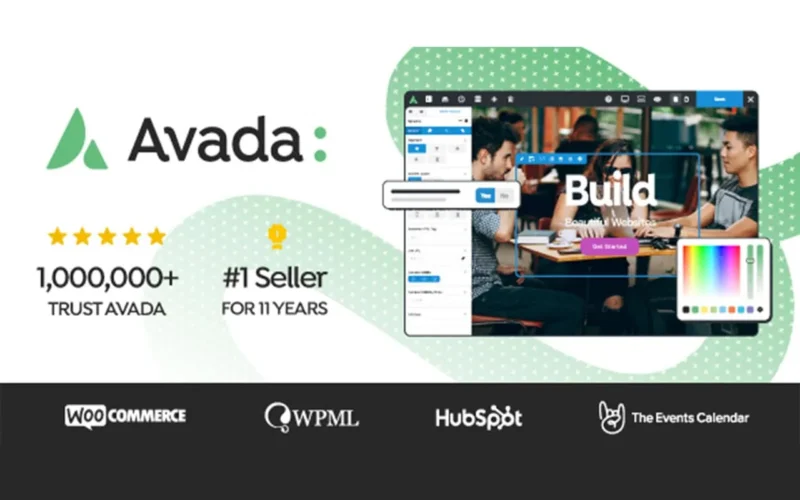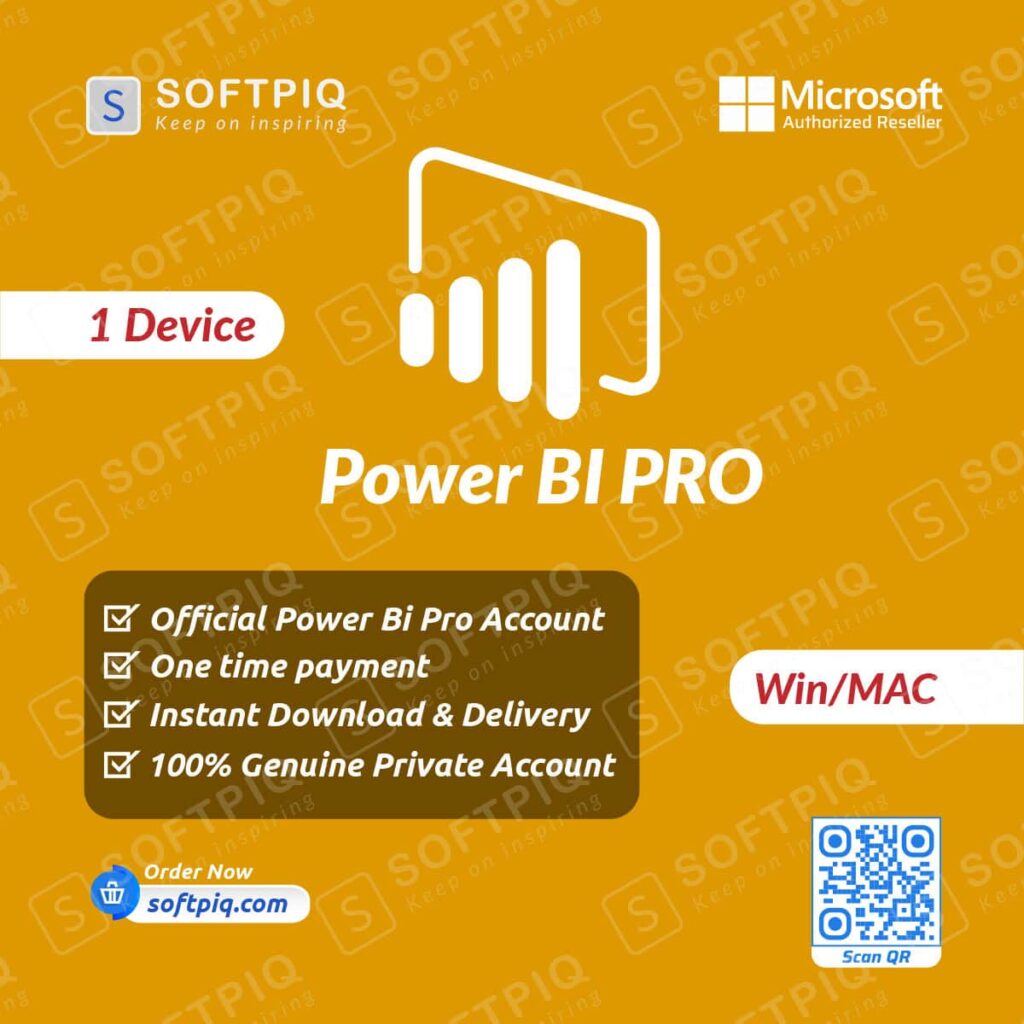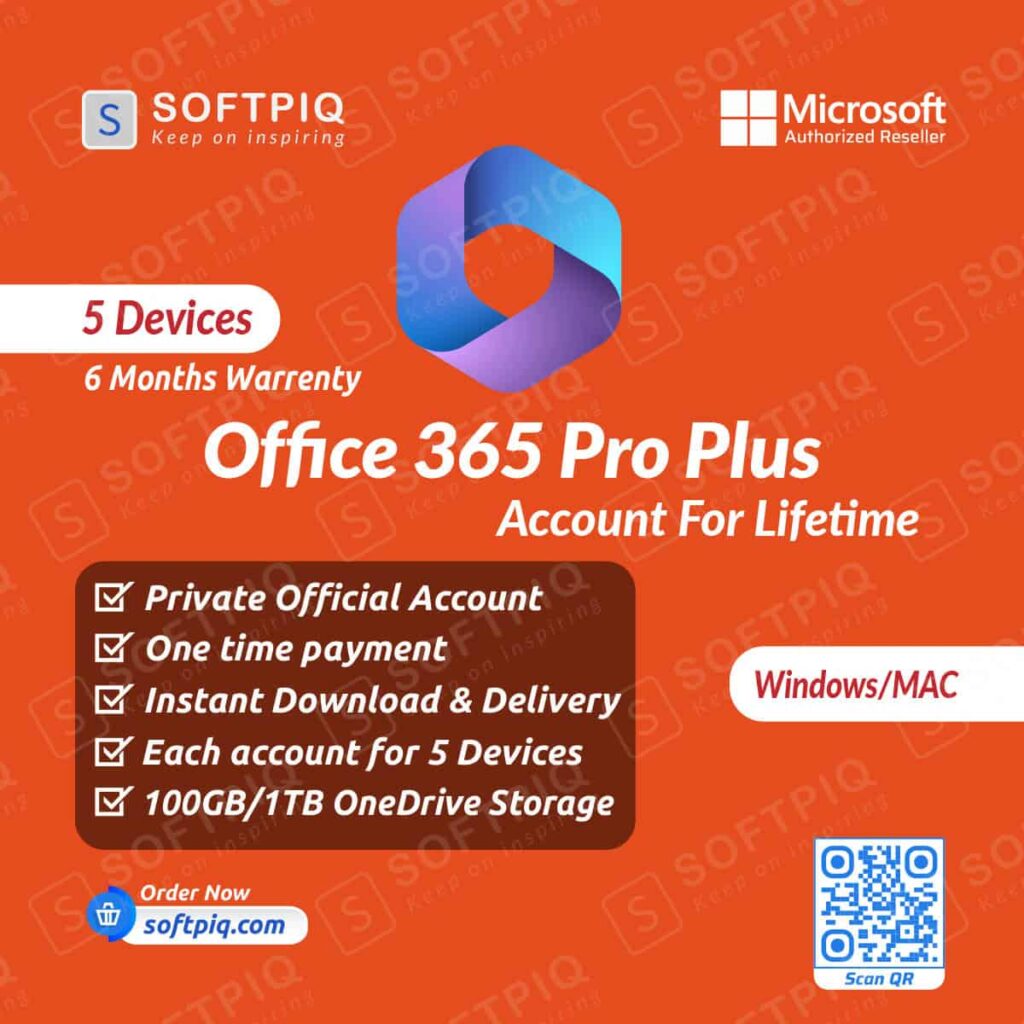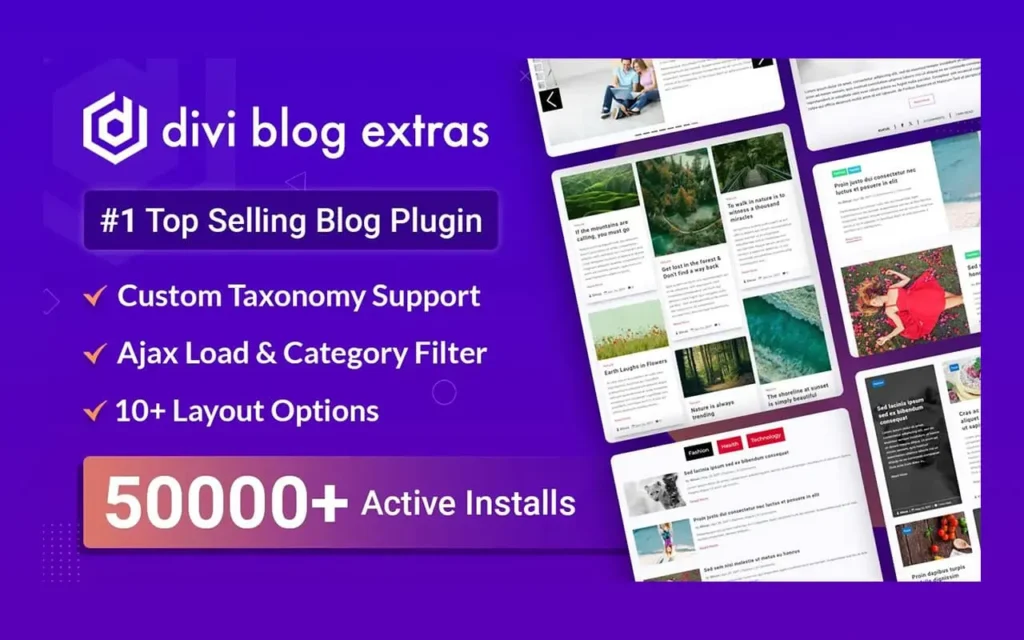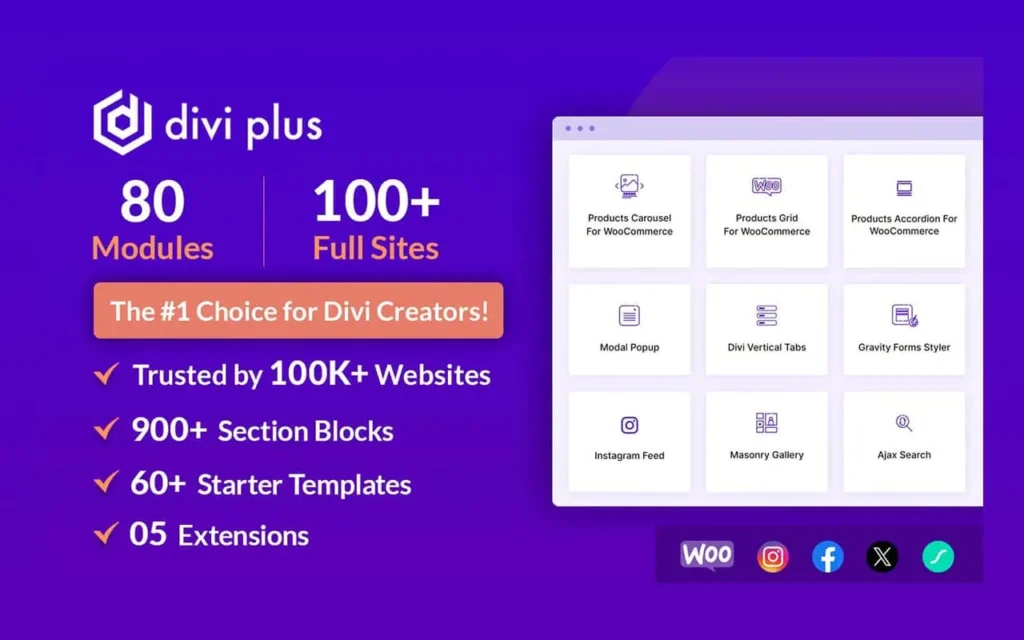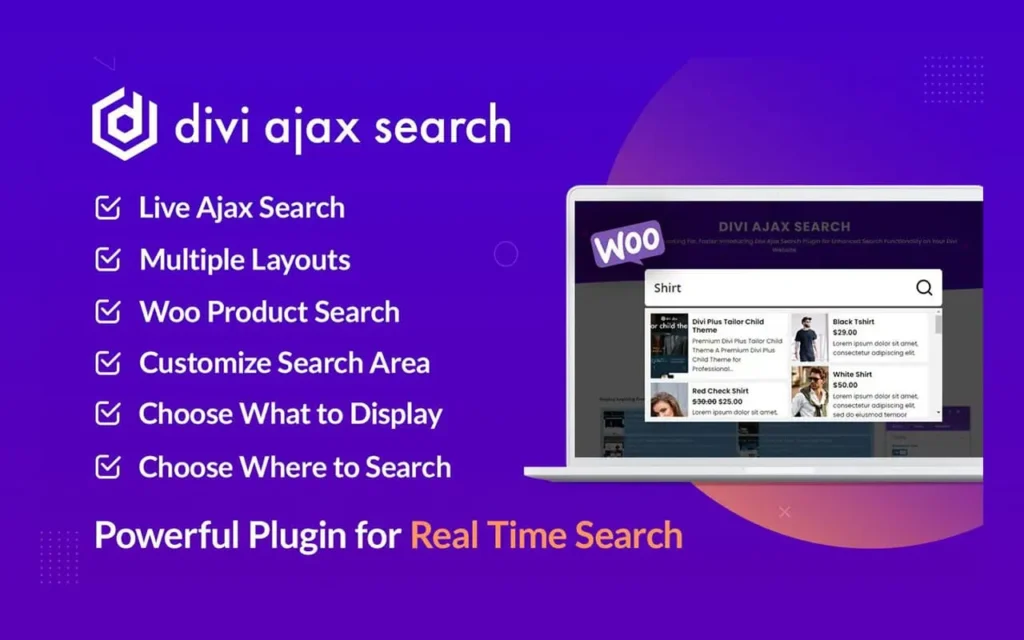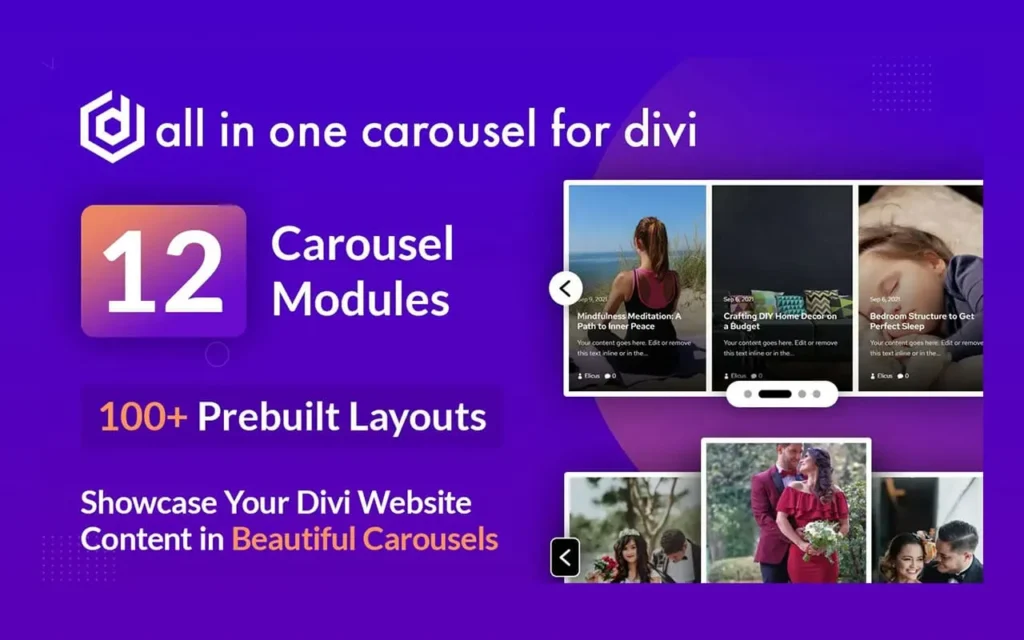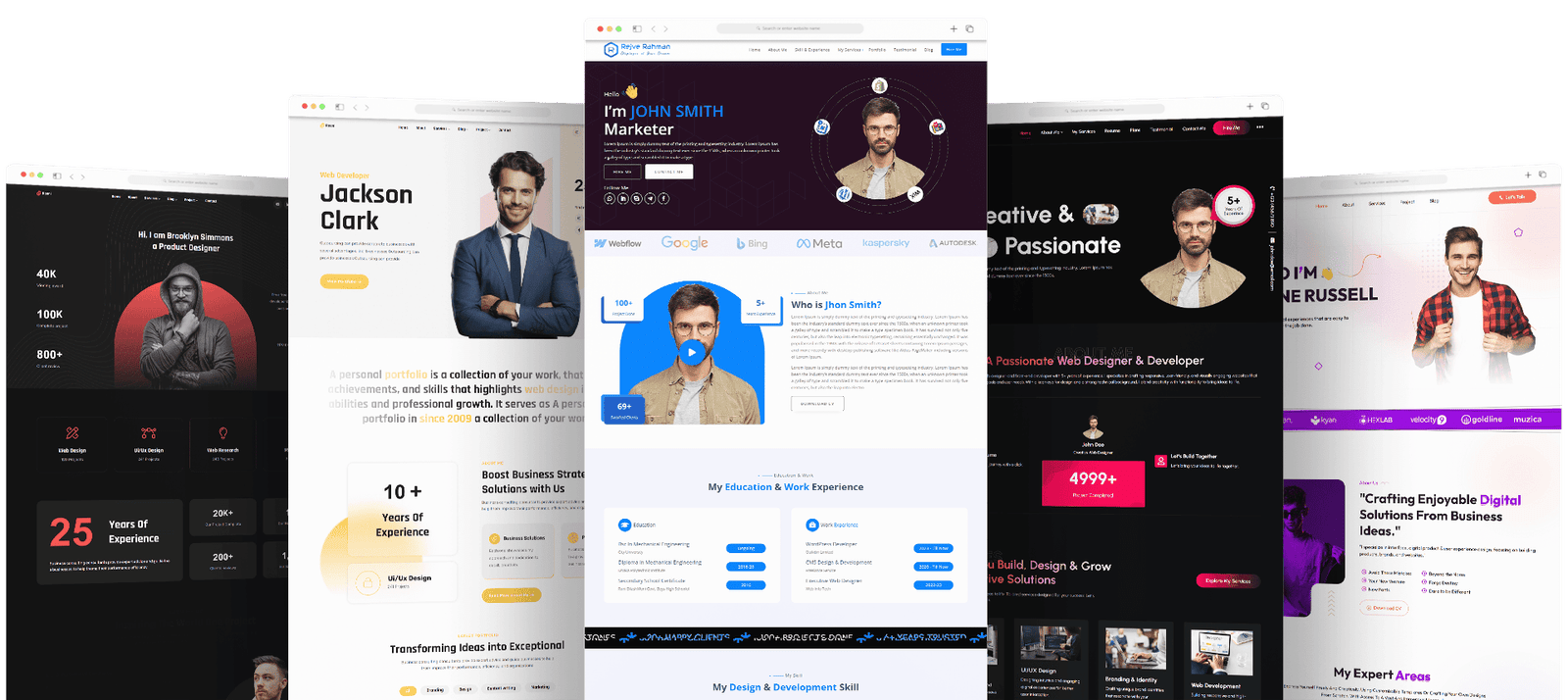Power BI Free: Full Guide to the Power BI Free Version, License Types and Cost
If you’re evaluating power bi free to jump-start analytics without a big budget, this guide lays out exactly what’s included, what’s not, and how to choose among Microsoft’s paid options when you outgrow the power bi free version. We’ll unpack the power bi license types, explain the real-world power bi license cost for teams of different sizes, and show you a clean decision path so you can start fast, scale smart, and avoid surprises. SOFTPIQ also offers affordable, compliant subscriptions and setup—so you can spend less time decoding licensing and more time getting insights your business can trust.
Quick Answer: The power bi free version lets individuals build and view content in their own workspace, but collaboration and secure sharing require paid licenses—Pro or Premium Per User—or Premium capacity for organization-wide distribution. Current US list prices are $14/user/month for Pro and $24/user/month for Premium Per User (PPU).
Table of Contents
What Is Power BI Free? The Power BI Free Version at a Glance
Think of the power bi free version as your personal sandbox. You can download Power BI Desktop, model your data, publish to the Power BI service (your “My Workspace”), and explore your own reports. For individual learning and self-serve analysis, power bi free works well. But it’s intentionally limited for sharing and collaboration—because the minute you need colleagues to view, comment, or co-build in workspaces, you step into paid licensing. Microsoft groups licenses into per-user (Free, Pro, PPU) and capacity-based (Premium capacity) tiers; each choice affects how and where your content can live and who can access it.
A simple way to remember it: power bi free for solo practice and personal insights; paid options the moment teamwork, governance, or scale matter. And because analytics success often hinges on distribution, many organizations begin free for prototyping, then move to Pro or PPU to collaborate with confidence.
Core Features of Power BI Free (and Where It Stops)
With power bi free, you can:
- Install Power BI Desktop and build robust data models with DAX.
- Connect to common data sources and publish reports to your personal “My Workspace.”
- Explore and interact with your own content in the Power BI service.
Where the power bi free version stops is collaboration. You can’t share from shared capacity workspaces without paid licenses; peers won’t see your content through standard app/workspace distribution unless your organization provides Premium capacity at a large enough SKU. In other words, Free is great for learning and personal use, but not for distributing curated dashboards to a team.
A practical implication: if you plan a company KPI app or need row-level security, certified datasets, or governed workspaces, power bi free will block your rollout. That’s by design—Microsoft reserves these collaboration and governance capabilities for Pro, PPU, or Premium capacity.
Power BI License Types Explained: Free, Pro, and Premium (PPU & Capacity)
Choosing among power bi license types is easier when you map them to how you’ll distribute content:
Free (Fabric Free) – Personal use. Create, publish to your own workspace, and view content that your organization explicitly enables through adequate capacity (F64+ or P-SKU). Free is not the license for routine peer sharing.
- Pro (Per User) – The standard for team collaboration. Pro users can publish to and share from workspaces, build apps for internal audiences, and consume shared content in shared capacity scenarios (when recipients also have Pro). This is the entry point when you move beyond the power bi free version.
- Premium Per User (PPU) – A per-user license that includes all Pro features plus many Premium capabilities (advanced AI, larger models, more refreshes, and paginated reports per user). It’s ideal when a smaller audience needs premium features without buying organization-wide capacity.
- Premium Capacity (P-SKU / Fabric F-SKU) – Dedicated resources for organization-scale distribution and performance. Viewers with Free licenses can consume content deployed to sufficient capacity (e.g., P-SKU or F64+), enabling wide distribution without buying Pro for every viewer. This is the route for enterprise throughput, SLAs, and broad internal reach.
In short: among power bi license types, Free is for individual creation and learning, Pro for team collaboration, PPU for advanced features per user, and Premium capacity for enterprise-scale distribution.
Power BI License Cost: What You’ll Actually Pay
Let’s anchor the power bi license cost to current US list pricing:
- Power BI Pro: $14/user/month (paid yearly).
- Power BI Premium Per User (PPU): $24/user/month (paid yearly).
- Premium Capacity (P-SKU): commonly cited entry point at ~$4,995/month for P1; actual pricing and availability may vary and is typically purchased through Microsoft or partners. Treat capacity costs as organization-level infrastructure rather than per-seat.
A few practical notes on power bi license cost:
- Per-user vs capacity math – If you have a small group of creators and a broader audience of casual viewers, Premium capacity can be cost-effective because Free viewers can consume content on that capacity. But below a certain audience size, Pro or PPU is usually cheaper and simpler.
- Renewal timing – Microsoft’s price update effective April 1, 2025 set Pro at $14 and PPU at $24. If you’re reading this later, validate pricing before budgeting. SOFTPIQ does that verification for you.
- TCO – Beyond license fees, budget for enablement: data source connectors, governance, training, and admin time. Those soft costs define your analytics ROI just as much as the power bi license cost line items.
Scenario planning for power bi license cost:
- Five-person analytics pod (all creators/consumers): 5× Pro = $70/mo; or if you need premium features (e.g., paginated reports), 5× PPU = $120/mo.
- Fifty-user department (10 creators, 40 consumers): 50× Pro = $700/mo, but only if all need Pro to consume. If deployed on adequate Premium capacity, many consumers could be Free viewers—so capacity plus a smaller set of Pro/PPU creators may reduce per-head cost at scale.
- Enterprise with thousands of viewers: Premium capacity becomes the norm; model your P-SKU needs (and potential Fabric F-SKUs) against refresh SLAs and concurrent load.
Bottom line: the power bi license cost you’ll actually pay hinges on distribution design. Start with per-user; graduate to capacity when reach and performance demand it.
Power BI Free vs Pro vs Premium (PPU): Real-World Scenarios
Solo analyst (startup or SMB):
You’re learning, testing visuals, and validating a data model. The power bi free path is perfect: install Desktop, build, iterate, and publish to your personal workspace. The moment you need a teammate to comment in a workspace or access an app, you’ll need Pro (for both sender and recipient in shared capacity) or PPU if you want premium features per seat. That’s how power bi free version naturally leads to Pro.
Five-person ops team (cross-functional KPIs):
Here, collaboration is routine. Go Pro for everyone first, then add PPU only if your use cases require paginated reports, larger datasets, or higher refresh rates. This combo of power bi license types keeps costs tight while unlocking sharing. When new stakeholders pile in, revisit capacity. Expect a moderate power bi license cost to begin with, scaling as collaboration grows.
Fifty-plus users (wide consumption):
If most users only view dashboards, Premium capacity can be attractive because Free viewers can access content in apps and workspaces backed by adequate capacity (P-SKU or F64+). Creators still need Pro/PPU. This is a classic situation where the power bi license cost shifts from per-user to capacity economics. Power bi free still plays a role—for viewers—once the capacity is in place.
External sharing with partners/customers:
Pro supports B2B external sharing workflows; PPU adds premium features to those same users when needed. If you’re distributing at scale outside your tenant, you’ll weigh security, licensing, and admin controls carefully. These needs often push you beyond the power bi free version into a mix of power bi license types with governance guardrails.
Governance, Security, and Compliance Considerations
Governance is where many teams outgrow the power bi free version. As you formalize naming conventions, certified datasets, sensitivity labels, and row-level security, you’ll want shared workspaces and app delivery. Those sit squarely in Pro/PPU and capacity. With the right capacity (P-SKU or sufficient F-SKU), viewers on Free can consume governed content—critical if you’re aiming for broad, consistent KPI distribution without licensing every stakeholder on Pro.
Security also intersects with auditability and lifecycle. Workspace roles, app versioning, and deployment pipelines simplify change control and reduce risk. These controls are not the domain of power bi free; they’re part of a structured, licensed environment under Pro, PPU, or Premium capacity.
How to Start with Power BI Free (and Avoid the Common Traps)
- Install Power BI Desktop and begin with a model-first mindset—define facts, dimensions, and measures before you obsess over visuals.
- Publish to My Workspace to validate your first end-to-end loop. The power bi free pathway is safe for solo experiments and POCs.
- Practice good hygiene: star schema where possible, explicit measures, naming conventions, and small, tidy tables.
- Plan your jump to Pro/PPU: as soon as you anticipate collaboration, trial Pro or PPU to check workspace and app flows. That’s the crossover that transforms power bi free version experiments into team analytics.
Common traps to avoid:
- Assuming Free supports sharing—it doesn’t, unless content is deployed to adequate capacity and the viewer role is configured appropriately. Validate your distribution plan before you promise dashboards to leadership.
- Underestimating refresh and performance—PPU and capacity tiers unlock higher refresh frequencies and larger models. If your use cases demand it, don’t squeeze power bi free beyond its lane.
When to Upgrade: A Simple Decision Framework
Use this quick set of triggers to move from power bi free to Pro, from Pro to PPU, and from per-user to capacity:
- From Free → Pro: As soon as you need to share content in workspaces or publish apps for a small internal audience. That’s the hallmark of moving beyond a power bi free version pilot.
- From Pro → PPU: You need features like paginated reports, larger model sizes, or more frequent refreshes per user—without buying org-wide capacity. This is the sweet spot for advanced teams under 100 seats who need premium features.
- From Per-User → Capacity: Your consumer audience is broad, and you want Free viewers to access governed apps. Or, you need stronger performance isolation and enterprise-grade throughput. Here, power bi license types shift from per-seat to infrastructure, and the power bi license cost becomes a capacity line item.
Remember to revisit licensing each quarter as your footprint grows. The right mix is dynamic, not static.
Power BI License Cost Scenarios You Can Copy
To bring the power bi license cost into focus, here are three templates you can adapt:
Prototype to Pilot (≤10 users):
- Phase 1: 1–2 Free (creators experimenting), then flip those creators to Pro for workspace sharing.
- Phase 2: Add PPU for any creator who needs paginated reports or advanced AI.
- Typical monthly spend: $14–$24 per licensed creator, power bi free for any viewers on adequate capacity or within PPU-enabled shares (depending on architecture).
Department Rollout (~50 users):
- 10 Pro/PPU creators, 40 consumers.
- If you remain on shared capacity, all consumers need Pro to view—$14×50.
- If you acquire Premium capacity, many consumers can be Free viewers—shifting cost to capacity plus a smaller Pro/PPU creator pool. This is where smart design trims the power bi license cost dramatically.
Enterprise Distribution (500+ viewers):
- Premium capacity becomes foundational. Provision P-SKU or sufficient F-SKU(s), keep creators on Pro or PPU.
- Tune capacities for concurrency, refresh SLAs, and dataset sizes. This structure lets power bi free shine for large viewer cohorts while keeping creators licensed.
FAQs: Power BI Free, License Types, and Cost
Is Power BI free?
Yes—there is a power bi free per-user license for personal creation and exploration. Collaboration and secure sharing require Pro, PPU, or Premium capacity (for Free viewers on adequate capacity).
What’s included in the power bi free version?
The power bi free version supports building reports, publishing to your own workspace, and exploring your content. It isn’t designed for routine app/workspace sharing or team collaboration.
Which power bi license types allow sharing?
Pro and PPU enable sharing from workspaces and apps. With Premium capacity (P-SKU or F64+), Free viewers can consume content in apps and workspaces—ideal for wide distribution.
How much is the power bi license cost per user?
US list prices: Pro is $14/user/month and PPU is $24/user/month (paid yearly). Confirm current pricing at purchase time.
When do I need Premium?
Choose Premium capacity when you want Free viewers to access governed content at scale, or you need dedicated performance and higher limits. Otherwise, keep using per-user licenses.
Can I publish to the web with free?
“Publish to web” creates a public URL—not appropriate for confidential data. For secure sharing, move beyond power bi free and use Pro/PPU or Premium capacity with proper access controls.
Do viewers need a license?
On shared capacity, viewers generally need Pro to access shared content. On Premium capacity (P-SKU or F64+), viewers with Free licenses can consume apps and shared reports via the Viewer role.
How do I try Power BI for free?
Create a free Microsoft Fabric account and activate the Power BI trial to test collaboration features before you buy.
Where does Premium Per User fit?
PPU bundles all Pro features plus many Premium capabilities—ideal if advanced features matter but you don’t need capacity for organization-wide distribution yet.
SOFTPIQ Can Help: Affordable Power BI Subscription & Setup
SOFTPIQ helps US businesses match power bi license types to their use cases and trim power bi license cost without compromising governance. Our team will map your creators vs viewers, design the workspace/app approach, and recommend the cleanest path from power bi free prototypes to a production rollout—Pro, PPU, or Premium capacity. We also set sensible defaults: data refresh, security baseline (RLS/OLS), naming standards, and a rollout playbook with change control. When you’re ready to buy, SOFTPIQ provides an affordable subscription path and ongoing support so you can focus on analytics, not admin.
Start Free, Scale Smart
Use power bi free to learn the tool, build a solid model, and validate business questions. As soon as collaboration and distribution come up, graduate to Pro; if you need advanced features per seat, choose PPU; and when broad reach and performance become priorities, plan for Premium capacity. Revisit your mix of power bi license types quarterly and pressure-test your power bi license cost against real adoption. And if you want a fast, affordable path from pilot to production, the SOFTPIQ team is ready to help—so you get the value of Power BI without the licensing guesswork.
Citations & References
- Power BI pricing (US list) — Pro $14, PPU $24 (effective 2025).
- Service features by license type; overview of power bi license types including Fabric (Free), Pro, PPU, and Premium capacity.
- Collaboration and sharing rules for Free vs Pro/PPU vs capacity (Viewer on P-SKU or F64+).
- End-user license requirements for publishing/sharing.
- Premium Per User details (PPU includes all Pro plus premium features).
Related posts
Recent Posts
- Data Modeling with Microsoft Power BI O’Reilly: Practical Guide, AI, and Pricing July 30, 2025
- Power BI Workspace Roles & Access Levels: A Complete, Practical Guide (2025) July 25, 2025
- How Much Is a Power BI License? 2025 Best-Value Pricing Guide for Businesses July 20, 2025
- Power Apps vs Power BI in 2025: a complete guide to choosing, combining, and scaling the right solution July 15, 2025
- Power BI Embedded Pricing: 2025 Cost Playbook for Accurate Budgets and Confident Launches July 12, 2025
Blog Categories
Product categories
Best Selling
-
 Best Design Portfolio Websites For Professionals
£49.99 – £99.99Price range: £49.99 through £99.99
Best Design Portfolio Websites For Professionals
£49.99 – £99.99Price range: £49.99 through £99.99
-
 Quikdaz | Worldwide Software Deals | Leading Digital Services
Quikdaz | Worldwide Software Deals | Leading Digital Services
£1,650.00Original price was: £1,650.00.£1,499.99Current price is: £1,499.99. -
 QFolio | Personal DIVI Premium Portfolio Layout Pack
£14.99
QFolio | Personal DIVI Premium Portfolio Layout Pack
£14.99
-
 The domain name & Website petoranest.com is for Sale
£599.99
The domain name & Website petoranest.com is for Sale
£599.99
-
 Print Ready Be Kind T-shirt Design Template
£4.99
Print Ready Be Kind T-shirt Design Template
£4.99
-
 Print Ready Born Free, Staying Brave T-shirt Design Template
£4.99
Print Ready Born Free, Staying Brave T-shirt Design Template
£4.99
-
 Enjoy Shopify Frist 3 Days Free Trail and 1 USD Per Month For your First 3 Months
£0.00
Enjoy Shopify Frist 3 Days Free Trail and 1 USD Per Month For your First 3 Months
£0.00
-
 Flatsome | Multi-Purpose Responsive WooCommerce Theme Including License Key & Lifetime Updates
£59.00
Flatsome | Multi-Purpose Responsive WooCommerce Theme Including License Key & Lifetime Updates
£59.00
-
 Betheme | Responsive Multipurpose WordPress & WooCommerce Theme Including License Key & Lifetime Updates
£59.00
Betheme | Responsive Multipurpose WordPress & WooCommerce Theme Including License Key & Lifetime Updates
£59.00
-
 Avada | Website Builder For WordPress & eCommerce Including License Key & Lifetime Updates
Avada | Website Builder For WordPress & eCommerce Including License Key & Lifetime Updates
£59.00Original price was: £59.00.£29.99Current price is: £29.99.
Categories
Best Selling
-
 Nitro PDF Pro 14 (PDF Editor) Official License Key For Lifetime
Nitro PDF Pro 14 (PDF Editor) Official License Key For Lifetime
£179.99Original price was: £179.99.£14.99Current price is: £14.99. -
 Customize Name Official Microsoft Power Bi Pro Account For Lifetime
Customize Name Official Microsoft Power Bi Pro Account For Lifetime
£199.00Original price was: £199.00.£54.99Current price is: £54.99. -
 Custom Username Office365 Pro Plus 1 Account For 5 Windows/Mac/Tablet With 100GB OneDrive Storage
Custom Username Office365 Pro Plus 1 Account For 5 Windows/Mac/Tablet With 100GB OneDrive Storage
£79.99Original price was: £79.99.£24.99Current price is: £24.99. -
 Customize Username Microsoft Office 365 Pro Plus 1 Account 5 Device for Windows, Mac, iOS With 6 Months Warranty
Customize Username Microsoft Office 365 Pro Plus 1 Account 5 Device for Windows, Mac, iOS With 6 Months Warranty
£75.99Original price was: £75.99.£19.99Current price is: £19.99. -
 Autodesk 2025 All Apps -3 Years Subscription (Your Own Email Activation)
Autodesk 2025 All Apps -3 Years Subscription (Your Own Email Activation)
£3,599.00Original price was: £3,599.00.£175.99Current price is: £175.99.


